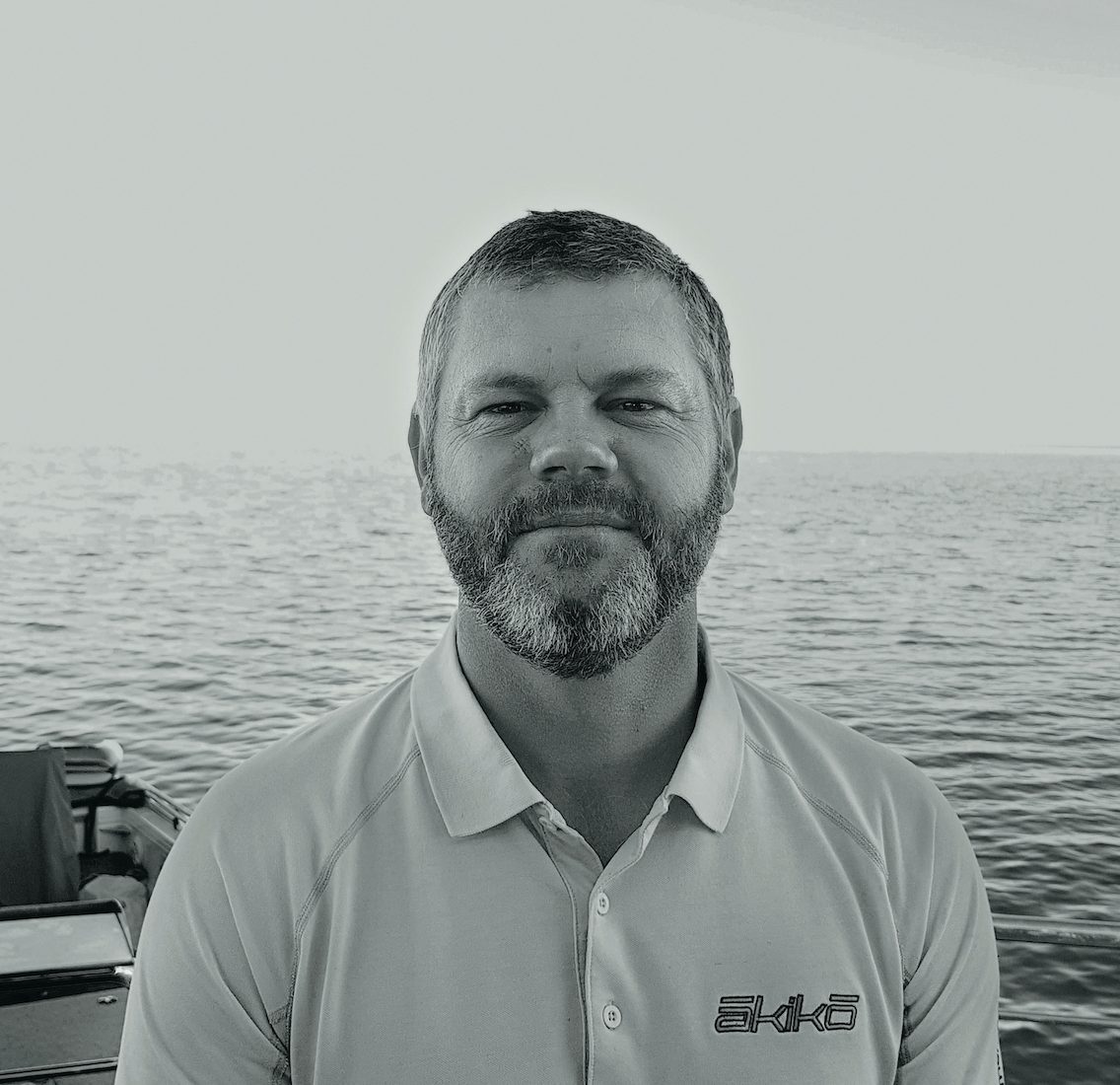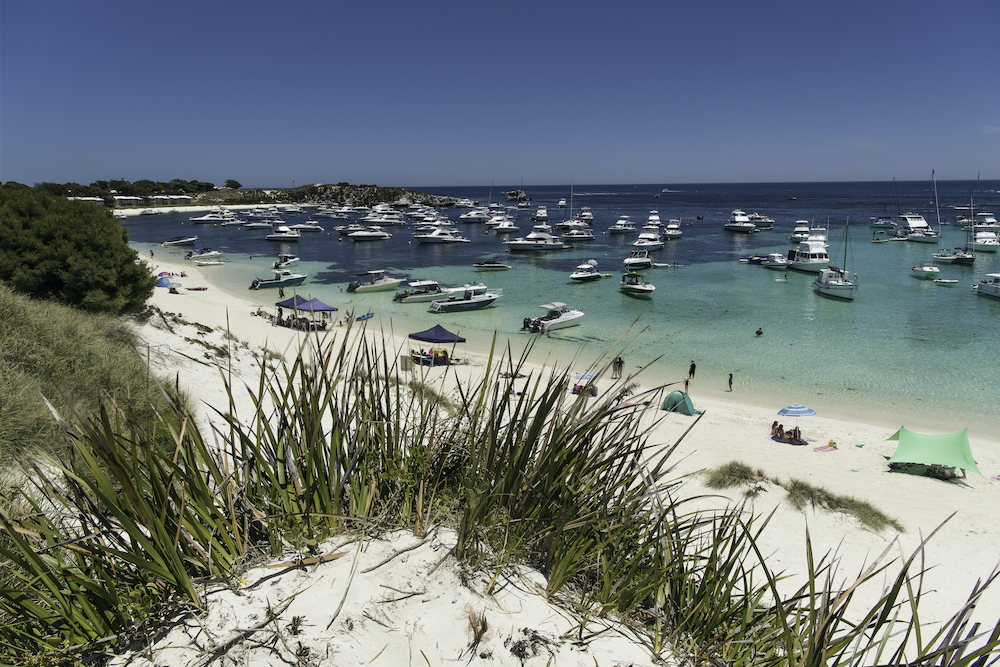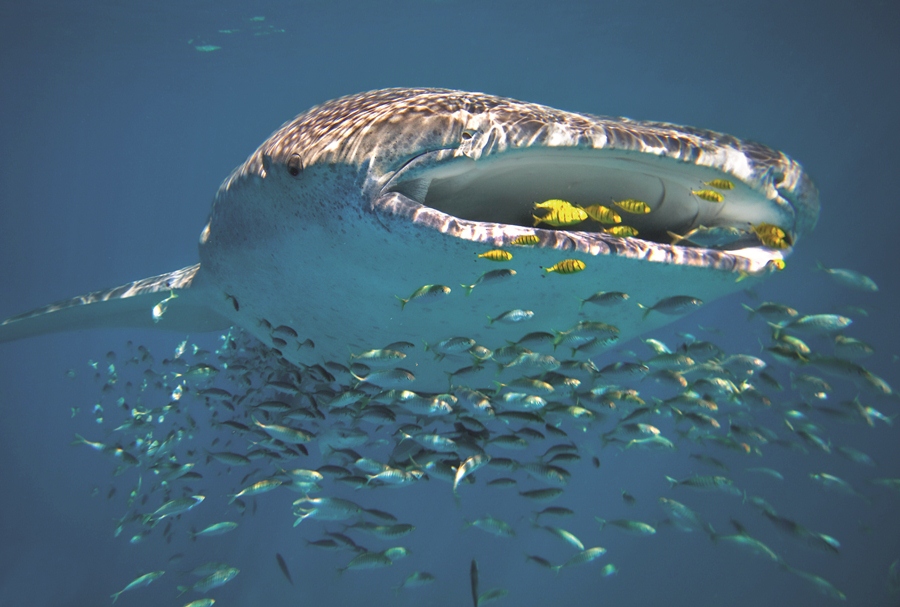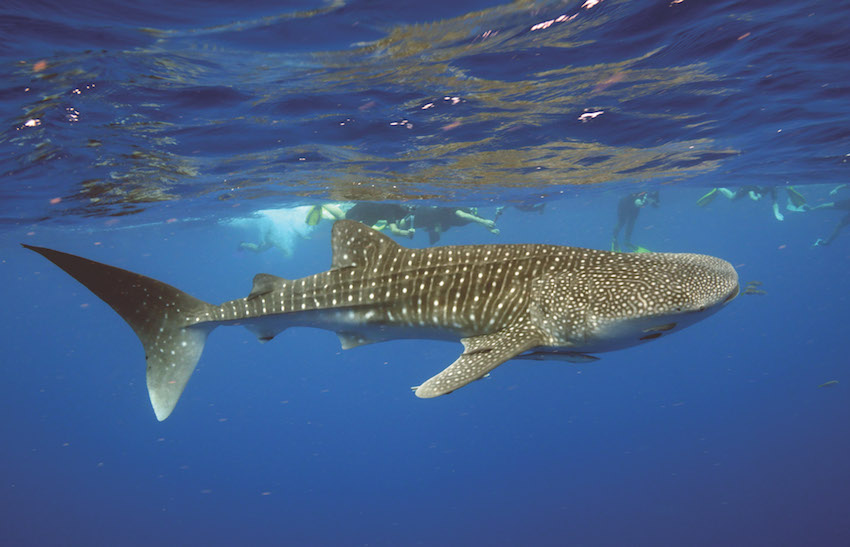- CAPTAIN'S LOG / Australia
- 29 March 2021
Home to rugged landscapes of staggering grandeur, Western Australia is a cruising paradise. In the remote north, the Kimberley region promises thundering waterfalls and crocodile-infested gorges, as well as the lively tourist town of Broome, where kangaroos lounge indolently on endless beaches and camel trains are silhouetted against the setting sun.
Ningaloo Reef promises whale sharks and some of the finest diving on earth, while south of Perth you’ll discover Margaret River’s wine region before cruising through the surreal, vivid beauty of the Recherche Archipelago, where seal colonies gather on sandy beaches.
Western Australia offers a window into a different, endlessly surprising Australia.
Positioned on the cruising route between Indonesia and Melanesia, visiting the Kimberley coast requires only a short diversion to explore this spectacular and remote wilderness. As a continuation south, the West Australian coastline offers additional cruising opportunities.
The Kimberley
The Kimberley coast is an ancient landscape stretching for 500 nautical miles along the north coast of Western Australia. The starting point for your Kimberley cruise will be Darwin, where your agent will guide you through local formalities. Fuel, provisions and most technical services are available from Darwin Port. The entry is well-charted, has a moderate three-knot tidal stream, and offers pilotage for larger vessels.
The most important aspect to consider when cruising the Kimberley is that the charted information is inadequate and many of the inshore regions are unsurveyed.
There are several local guides that can provide navigational advice on board as well as onshore activity guidance to ensure you operate safely and make the most of your time. The team at Kimberley Marine Agents have been in the area for 30 years and can take care of all your needs.
Your departure will take you west towards Koolama Bay (S 13º 55.8’ E 127º 19.07’) in north-west Australia. Here you will find the King George River, a spectacular gorge system with two large waterfalls at the end and several smaller falls and coves to explore along the way. The access into the river is over a sandbar that permits vessels with 2.5-metre draft at high water. Otherwise, you can anchor in the bay and tender inside.
Proceed along the coast to the north-west and around into Vansittart Bay (S 14º 10.00’ E 126º 16.3’), which hosts a variety of Aboriginal art sites that are over 10,000 years old. There are great options for fishing and you can rendezvous with Truenorth Helicopters for scenic flights. Don’t forget to get your Aboriginal land access permits with the help of your agent.
Prince Frederick Harbour is your next major stop and is arguably the most picturesque natural harbour in Australia (S 15º 01.6’ E 125º 20.7’). Extending to the east of the harbour are the Hunter and Roe Rivers. The Hunter River offers several great walks to pristine water holes with waterfalls. Eight-foot sharks swim off the back deck and raptors observe from above. The Roe River has the highest density of saltwater crocodiles along the Kimberley coast, so keep your camera ready and your hands in board!
Heading further south, your next stop is the Prince Regent River, one of the Kimberley’s most famous destinations. The entry to the river is via the beautiful St George Basin, where at mid-tide you have whirlpools and rapids rushing through the narrow entrance to the inner harbour.
It’s best to time your arrival for neap tides or at high tide.
The river is not charted so your guide will show you the Kings Cascade Falls, Cathedral Falls and Camp Creek, which has a beautiful swimming pool above the lower ponds. It’s a great place to spend two days, passing your time hiking, swimming, fishing and birdwatching in between relaxing on board and listening to nature.
From the Prince Regent River, you continue south-west toward one of nature’s great playgrounds at Camden Sound and Montgomery Reef (S 15º 59.7’ E 124º 18.4’). During July and August, this area is a nursery for humpback whales with many newborn calves. Be sure to move through this area by day to avoid injuring the whales and watch them from a safe distance. Montgomery Reef is a natural wonder that appears to rise up from the sea as the tide drops. The Kimberley has the second-largest tides in the world with ranges of 10 metres at spring tides. This creates strong currents and a dynamic landscape that changes with the tide.
The best possible place to view the Kimberley’s strong tides is at the Horizontal Falls (S 16º 21.7’ E 123º 57.8’). Accessible to large yachts up to 100 metres, the horizontal falls are two 10-metre-wide gaps that allow the tide to flow in and out of the landlocked lakes behind them. The narrow gaps focus the tidal stream, creating strong rapids and standing waves over 3 metres high.
A tender ride through here is a real buzz and local advice should be sought for the best times to visit and safe access.
Naturally, the rapids are biggest on spring tides and quite mild during neaps. Use the AUS Tides CD supplied by the local chart agent.
After the Horizontal Falls, a trip through the Kimberley would not be complete without taking a tour through the Cygnet Bay Pearl Farm. It’s a great way to see the production, harvest and finishing of the pearls.
The last major stop on the Kimberley coast is the town of Broome, a historic pearling town with one of Australia’s best beaches. With an international airport as well as refuelling and provisioning options, Broome is a great place to spend a few days and take some crew rest.
West Coast
From Broome, your options are wide open. You could continue down the west coast and stop in at Fremantle, before heading across to Eastern Tasmania in the summer months. On the way, you should visit Montebello Island, then the whale sharks of Ningaloo Reef and dive the Exmouth Navy Pier: one of the best-rated dives in the world. There are several anchorages available and you can rendezvous with local guides and whale shark boats for a perfect few days in Ningaloo.
Toward the south, you have options of Shark Bay, a UNESCO World Heritage-listed marine reserve that is home to thousands of dugongs as well as turtles, dolphins, whale sharks, rays, and sharks. Anchor at South Passage (S 26º 10.1’ E 13º 12.3’) and explore by tender.
The pristine Abrolhos Islands are Australia’s major crayfishing area, and the site of the infamous mutiny and massacre of 1629, when a Dutch East India Company vessel called the Batavia ran aground with 322 men, women and children on board. This archipelago is a unique natural habitat where coral reefs and seals are seen together. Anchor at S 28º 26.8’ E 113º 44.3’ and push further in once you’ve done a run with the tender. It’s well-charted.
Fremantle is a great stop and presents an option to do some refit works.
All trades are represented here and are of a suitable standard. Off the coast of Fremantle, Rottnest Island is a low and scrub-covered island with stunning underwater scenery that vividly contrasts against the landscape. Rottnest Island is great for either a day trip or for a few days.
Further south you have the excellent wineries of Margaret River, with vessels anchoring in Dunsborough or Bunker Bay and going ashore by tender. Just prior to crossing the Great Australian Bight, you’ll find Esperance and the Recherche Archipelago. Best visited in December and March, these hundreds of granite islands are rimmed with pure white sand beaches, seal colonies and a couple of pink lakes … yes, pink!
Bon voyage!
Welcome to the emerald isle









